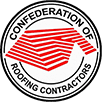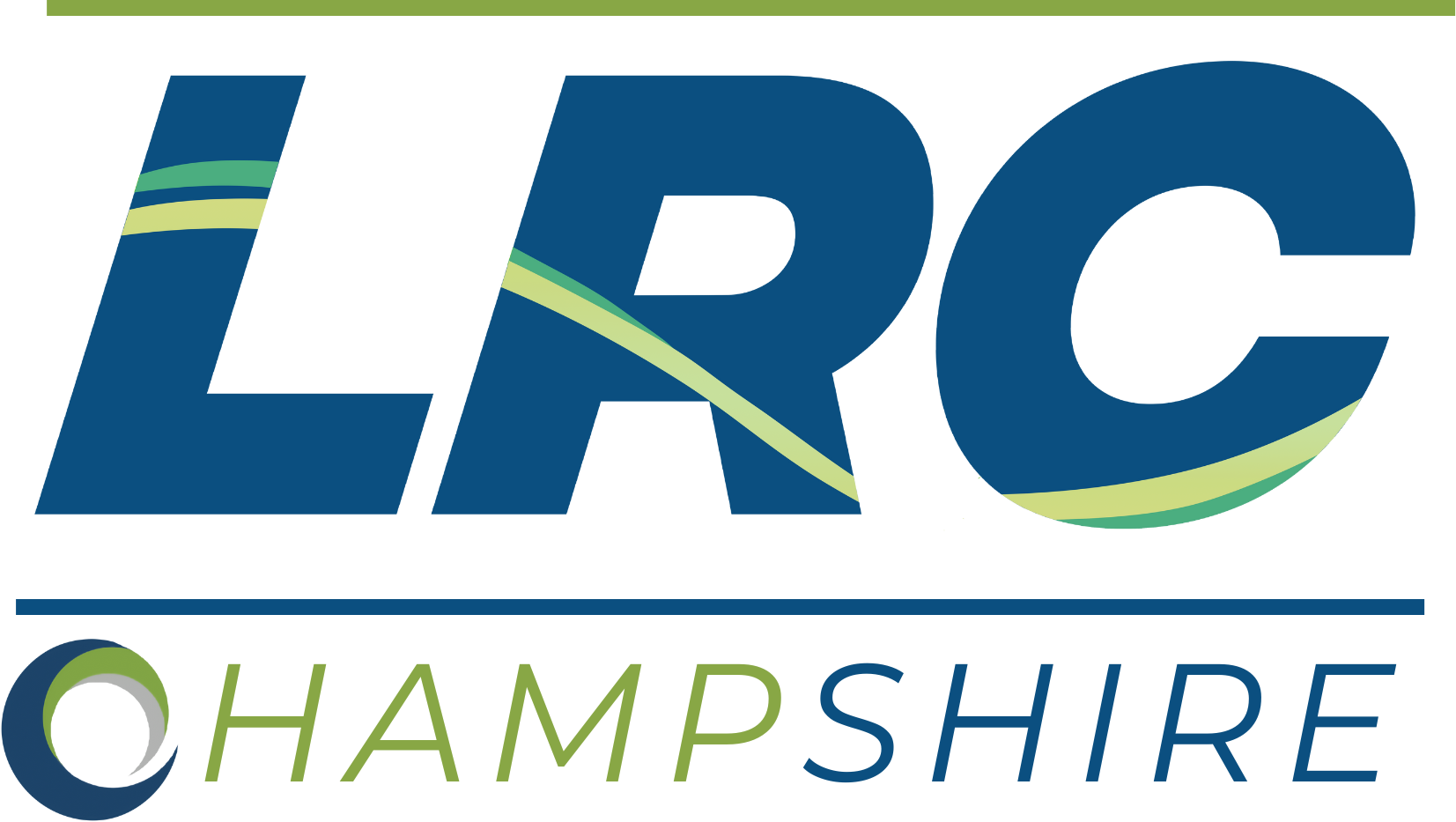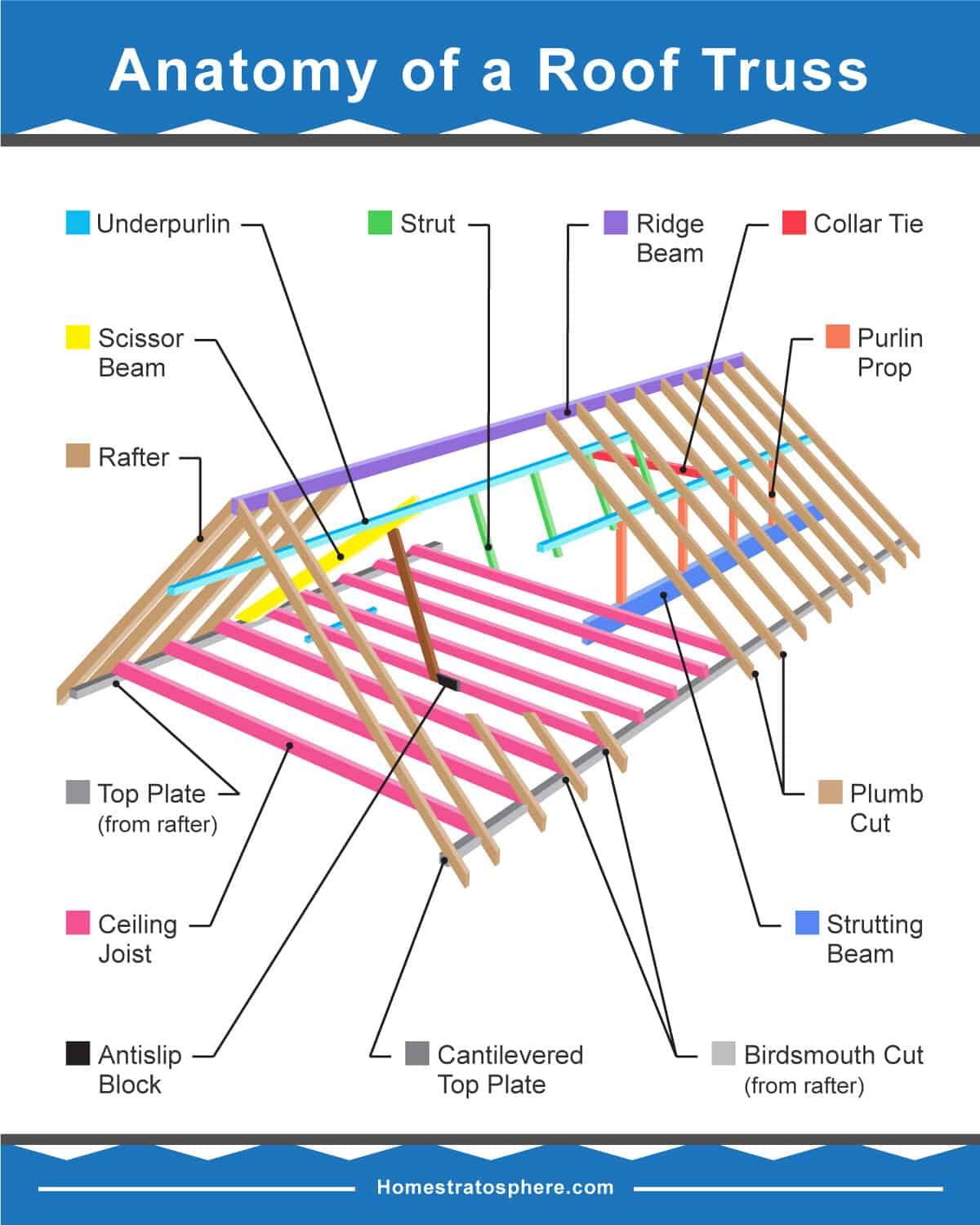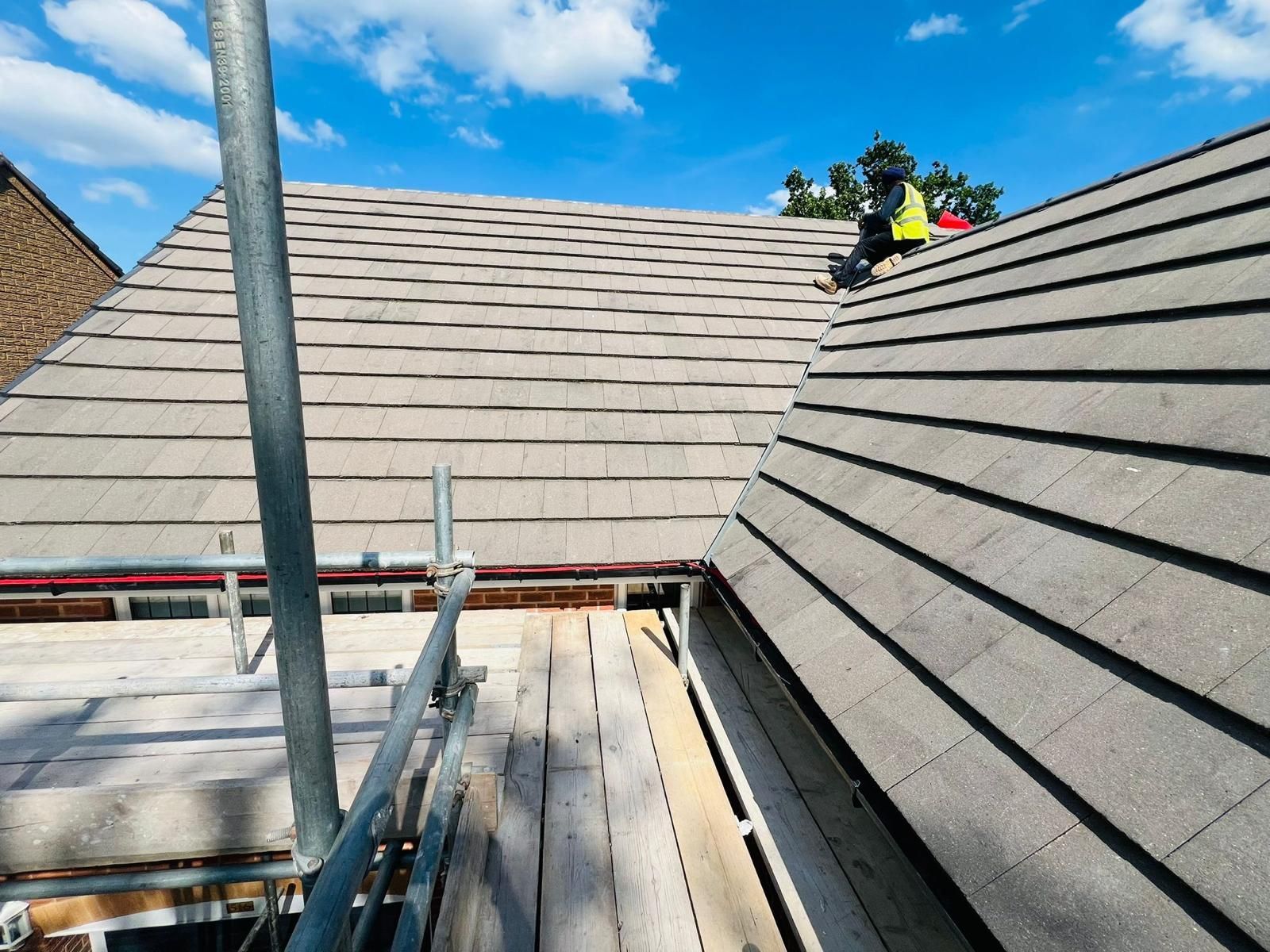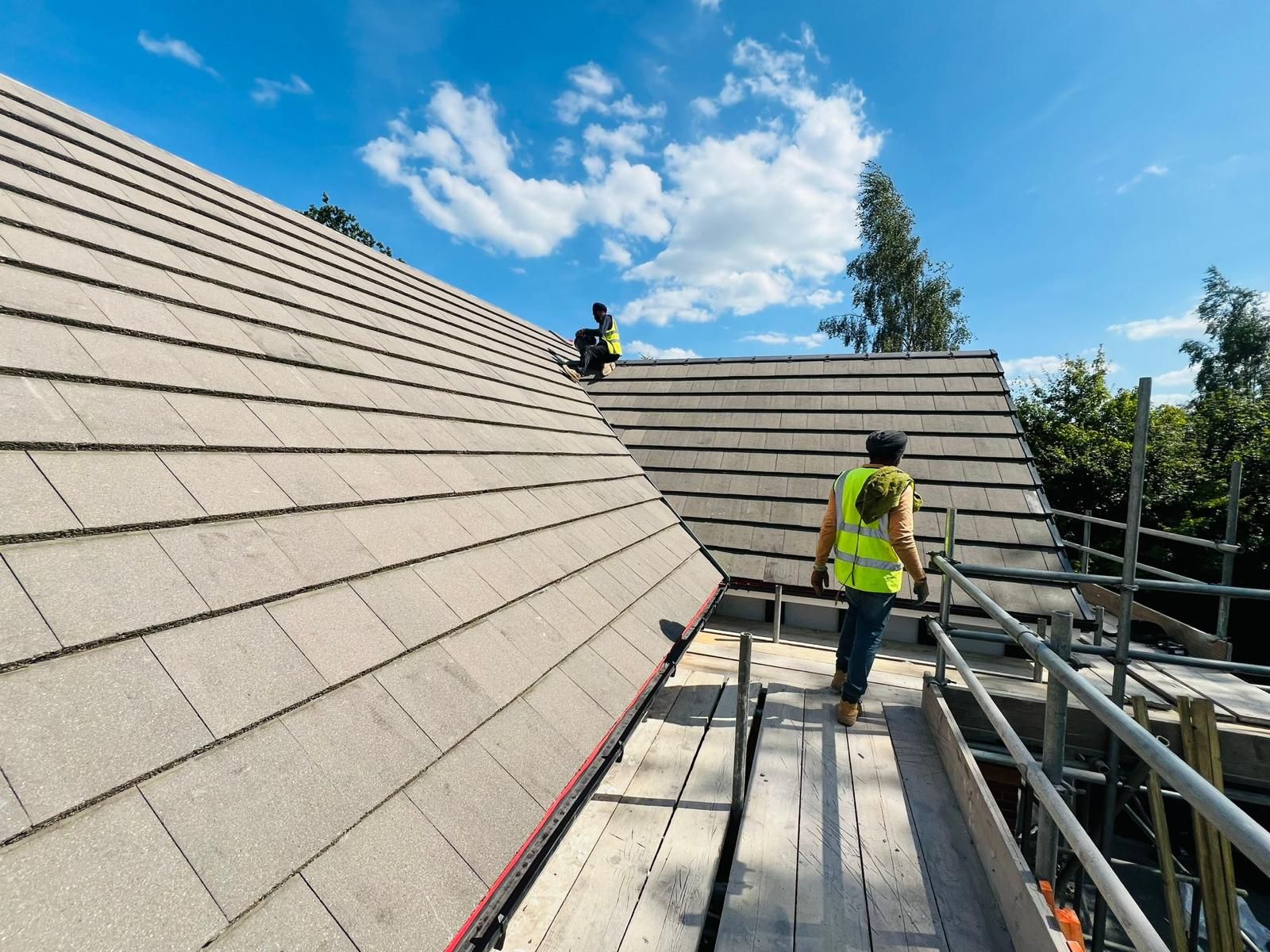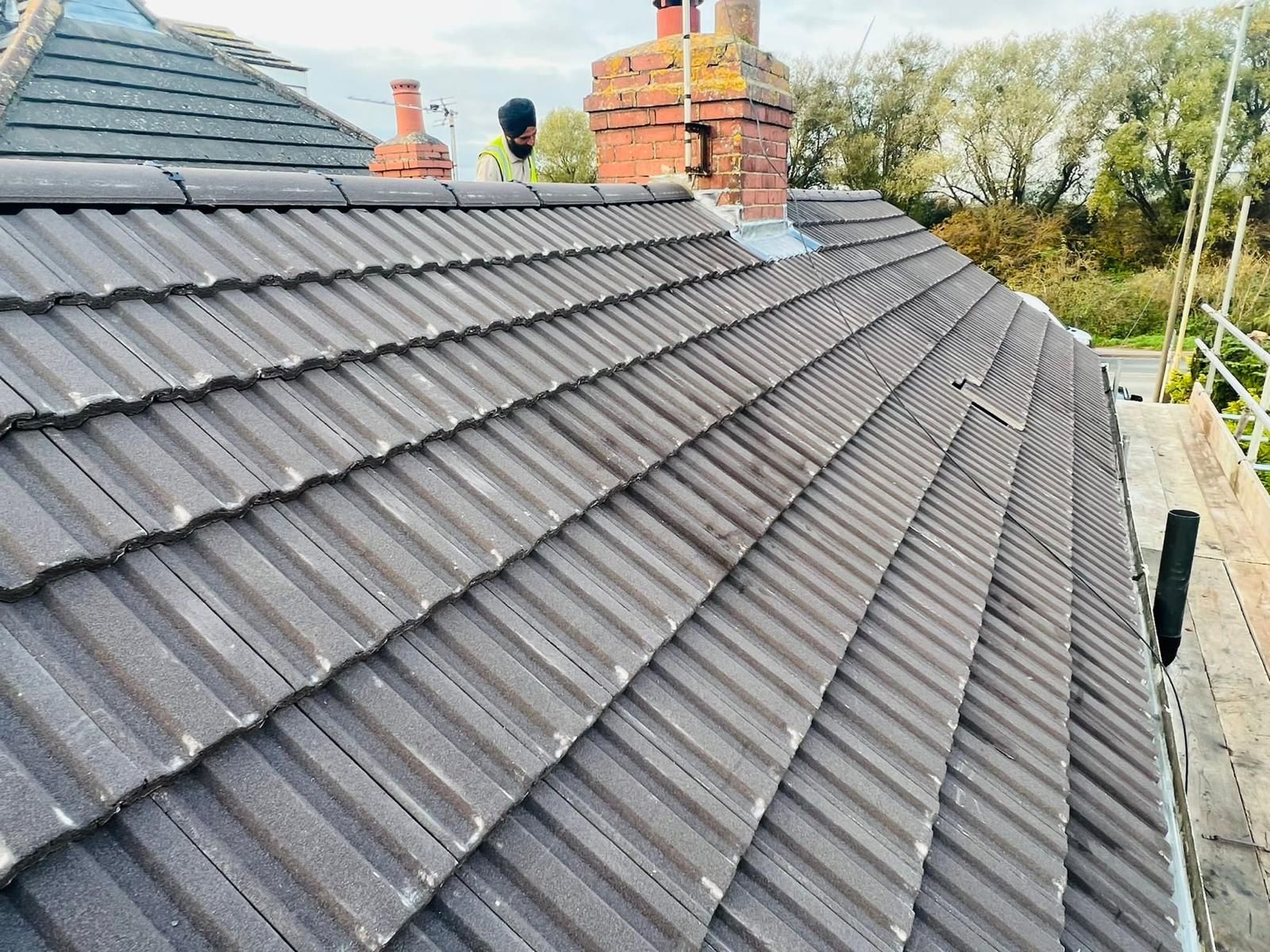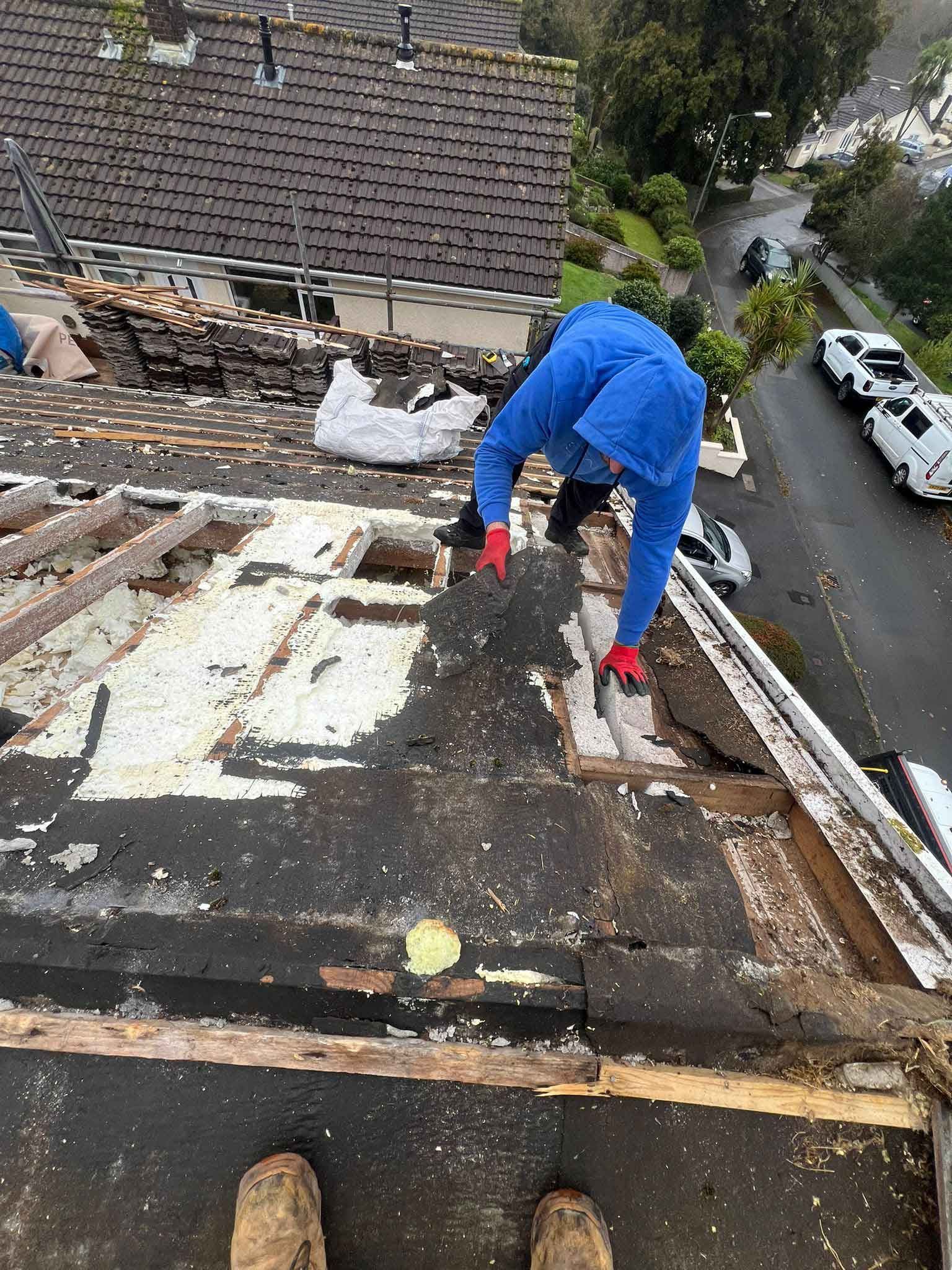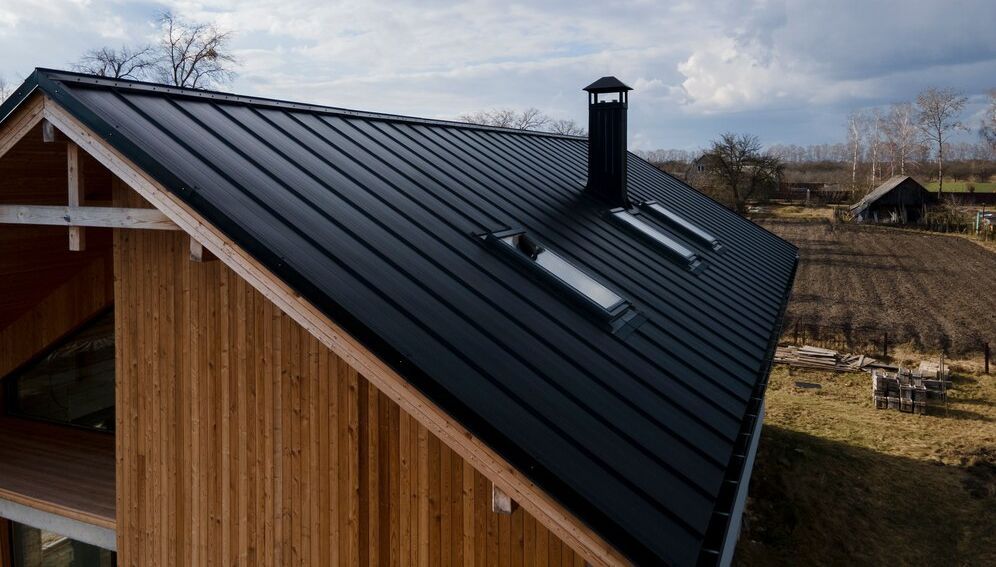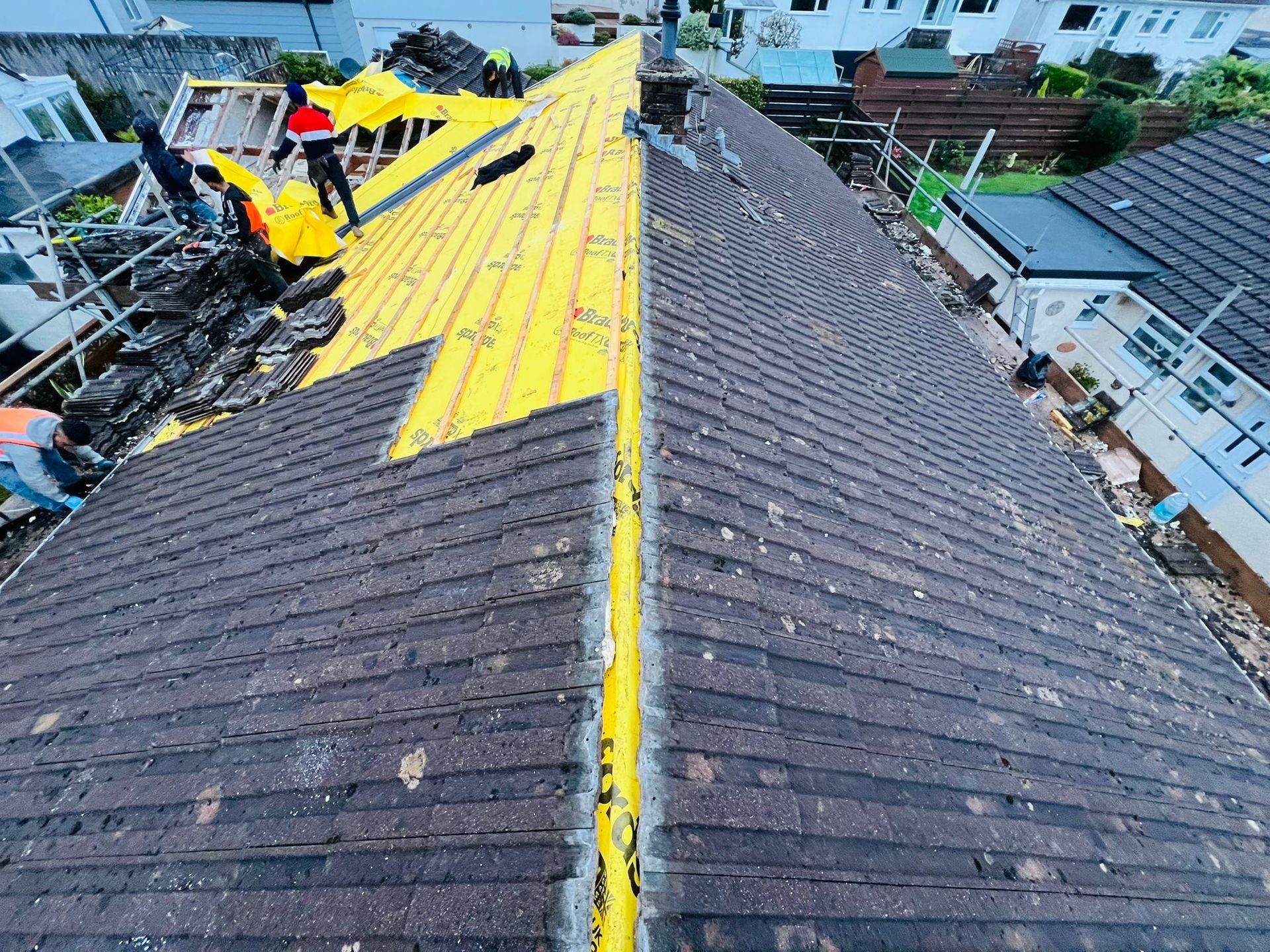Roofing Elements Explained: A Beginner’s Guide
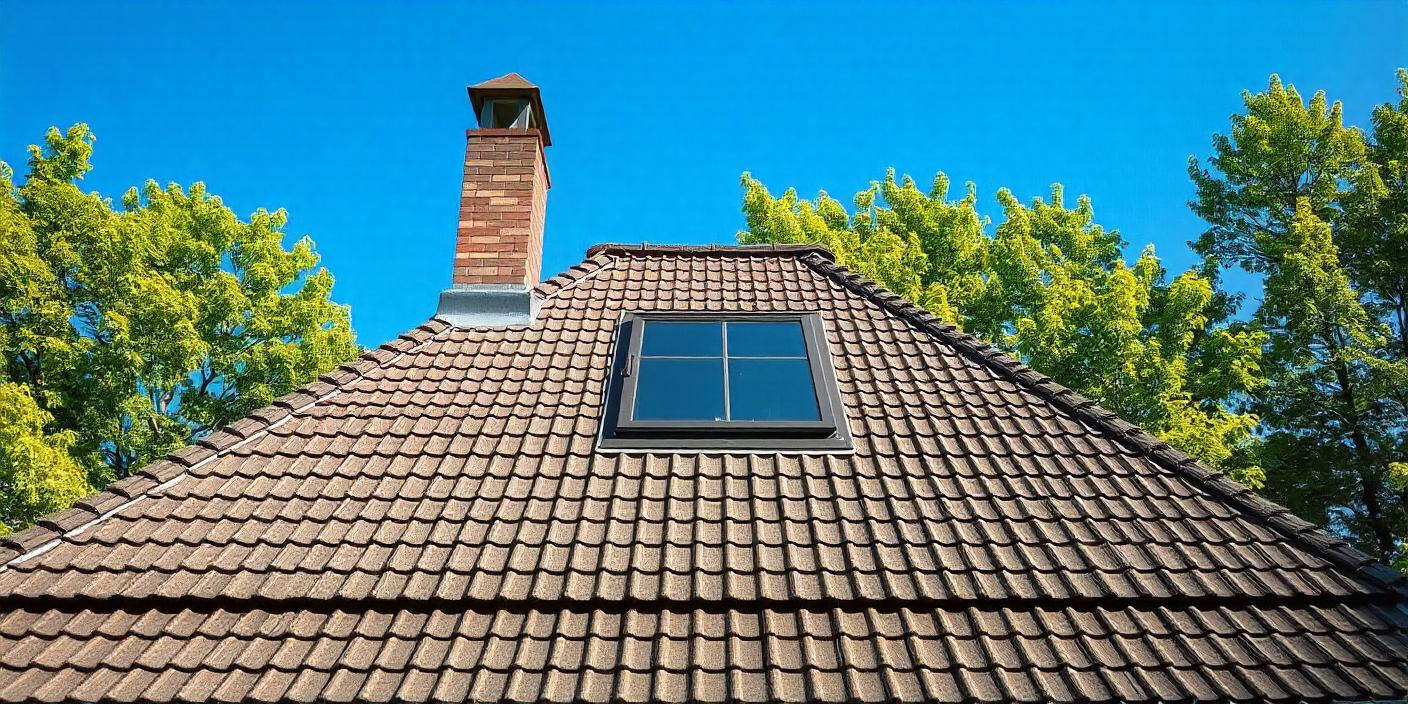
Understanding the intricate elements of a roof can seem daunting, but whether you’re a homeowner planning a refurbishment or simply someone interested in the components of a roof, gaining insight into how they work together is invaluable. At Local Roofing Consultants – Hampshire, we pride ourselves on offering expert roofing advice tailored to your needs. This beginner’s guide explores the essential parts of a roof, their functions, and what to consider when maintaining or upgrading your roof.
The Importance of Understanding Your Roof
Your roof isn’t just a decorative element; it’s the primary shield that protects your home from the elements. From preventing leaks to improving insulation, every component of your roof plays a crucial role in maintaining your property’s structural integrity.
By understanding the various elements of a roof, you’re better equipped to spot potential issues early, discuss solutions with professionals, and make informed decisions about repairs or complete replacements.
Basic Roofing Components
To break it down, a roof isn’t a single entity—it’s a system made up of multiple components that work together. Let’s explore the key elements of a roof:
1. Roof Structure
Its structure is at the base of every roof. This framework provides support for the entire roof, ensuring it can withstand weather exposure, weight, and other external pressures.
- Rafters and Joists: These are the internal beams that give the roof its shape and stability. Without proper support, the roof could sag or collapse under pressure.
- Trusses: Prefabricated triangular frameworks of beams designed to distribute weight evenly and efficiently. Trusses are often seen in modern roofs.
2. Roof Covering
The roof covering is what we typically notice first when we look at a property. It’s the outer layer designed to protect against rain, snow, and sunlight. Materials vary, each offering distinct advantages:
- Tiles: Common in the UK, tiles (particularly clay or concrete) are renowned for their durability and traditional aesthetic.
- Slates: Natural slate offers a sleek, timeless look and exceptional durability, with a lifespan often exceeding 100 years.
- Metal: Popular for contemporary designs, metal roofing (such as zinc or steel) offers longevity and versatility.
Choosing the right covering depends on your property’s style, environmental factors, and budget.

3. Underlay
Beneath the roof covering lies the underlay, a protective sheet that acts as a secondary barrier against moisture and wind. In modern UK roofing, breathable underlay is particularly common, allowing condensation to escape while keeping external elements out.
Without a quality underlay, roofs are more susceptible to leaks and dampness that can compromise your property’s insulation and structure.
4. Flashing
Flashing is a thin material (typically metal) installed at joints or intersections, such as around chimneys, valleys, or skylights, to prevent water from seeping in. Proper installation of flashing is critical, as poorly fitted or deteriorating flashing is one of the most common causes of roof leaks.
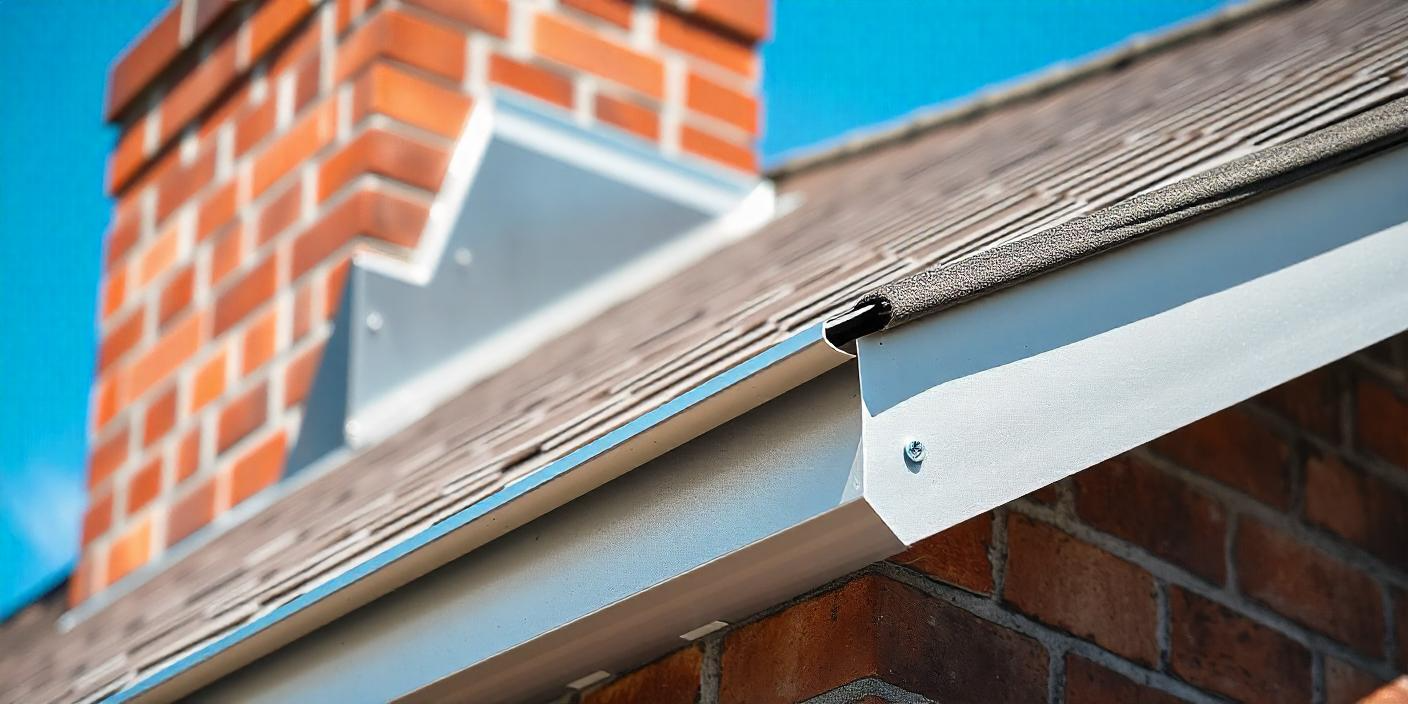
5. Fascias and Soffits
These elements may not directly impact the roof's protective capacity, but they are critical components of any roof system:
- Fascias: The vertical board at the edge of the roof that supports the bottom row of tiles and holds the guttering system in place.
- Soffits: The underside portion of the overhanging roof. Soffits often contain ventilation grilles to allow airflow into the roof space, preventing condensation.
Maintaining fascias and soffits enhances your property’s appearance and ensures proper ventilation within the loft space.
6. Gutters and Drainage
A well-functioning roof doesn’t just protect the top of your home; it ensures water is properly channelled away from your property. Gutters play a pivotal role in this process by collecting rainwater and directing it to downpipes. Clogged or damaged gutters can lead to overflow, which may cause damp issues or damage to the building’s foundation.
7. Insulation
While typically associated with energy efficiency, insulation is also a key roofing element. Proper insulation ensures your roof can regulate indoor temperatures effectively. Options include:
- Cold Roof Insulation: Installed above the ceiling joists, often in loft spaces.
- Warm Roof Insulation: Installed between or above the rafters, providing better energy efficiency but at a higher cost.
Choosing the right insulation is about balancing immediate costs with long-term benefits.
What to Look for During Maintenance
Over time, even the sturdiest of roofs will require maintenance. Here’s what homeowners in Hampshire should keep an eye on:
- Loose Tiles or Slates: These may shift or crack over time due to severe weather conditions. Spotting issues early can prevent water ingress.
- Blocked Gutters: This is particularly common during autumn, when falling leaves and debris accumulate in drainage systems. Regular cleaning is essential.
- Discoloured Fascias or Soffits: This can indicate water damage or rot, especially in older wooden components.
- Broken Flashing: Look for visible gaps or rusting metal around roof intersections.
Seasonal maintenance checks, particularly after major storms, will help keep your roof in top condition.
Local Considerations for Hampshire Residents
Hampshire’s climate can pose unique challenges for roofing systems. With a temperate maritime climate, the region experiences consistent rainfall and occasional storms—conditions that demand robust and weatherproof roofing solutions.
Additionally, properties located near coastal areas may be prone to salt-laden winds, which can lead to accelerated corrosion of metal features like gutters and flashing. For such cases, choosing corrosion-resistant materials is vital.
"Understanding your local climate is key to choosing the right roofing materials and ensuring long-term durability."
At Local Roofing Consultants – Hampshire, we use our in-depth understanding of the area’s climate and architecture to recommend roofing solutions that stand the test of time.
Investing in Longevity
Replacing or upgrading a roof is a significant investment, but it pays dividends in the long term. A well-maintained roof safeguards your home and adds to its value and kerb appeal.
When considering a new roof:
- Opt for premium materials that offer long-term durability.
- Work with reputable contractors who have experience in the specific challenges of your area.
- Factor in energy efficiency—investing in insulation may reduce heating costs significantly.
Why Trust Local Roofing Consultants – Hampshire?
At Local Roofing Consultants – Hampshire, we combine industry expertise with a localised approach to roofing. Our team is committed to helping homeowners understand their roofs, whether you need guidance on repairs, replacements, or general maintenance.
We’ve built our reputation in Hampshire through transparency, exceptional workmanship, and customer-first service. When you partner with us, you’re not just getting a contractor—you’re getting a roofing consultant who genuinely cares about your property.
Final Thoughts
Understanding your roof’s components is the first step in protecting your home and ensuring it remains a safe, comfortable environment for years to come. Each part, from the underlay to the flashing, plays an integral role in preventing damage and enhancing efficiency.
If you’re unsure about your roof’s current condition or need expert guidance, contact Local Roofing Consultants – Hampshire today. We’re here to provide tailored advice, reliable services, and long-lasting roofing solutions.
